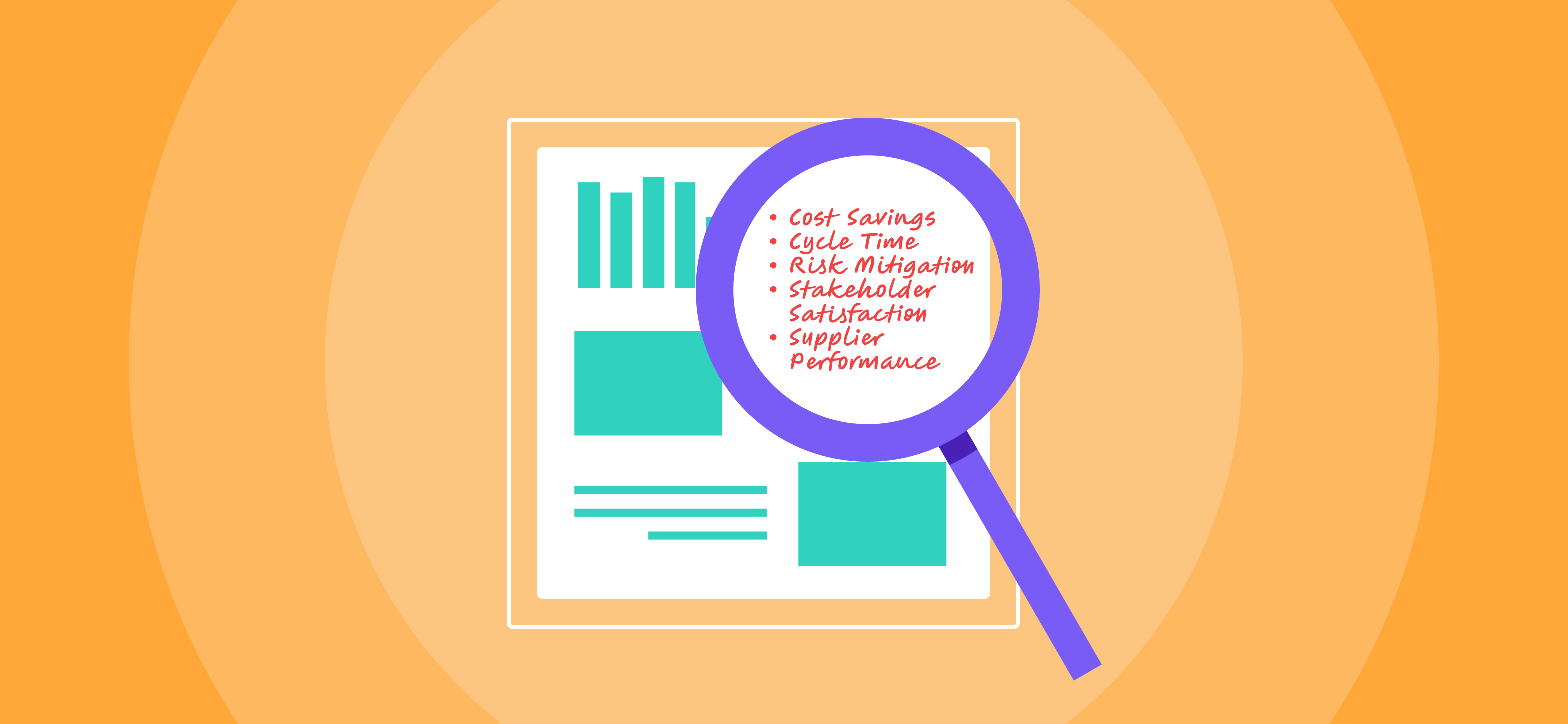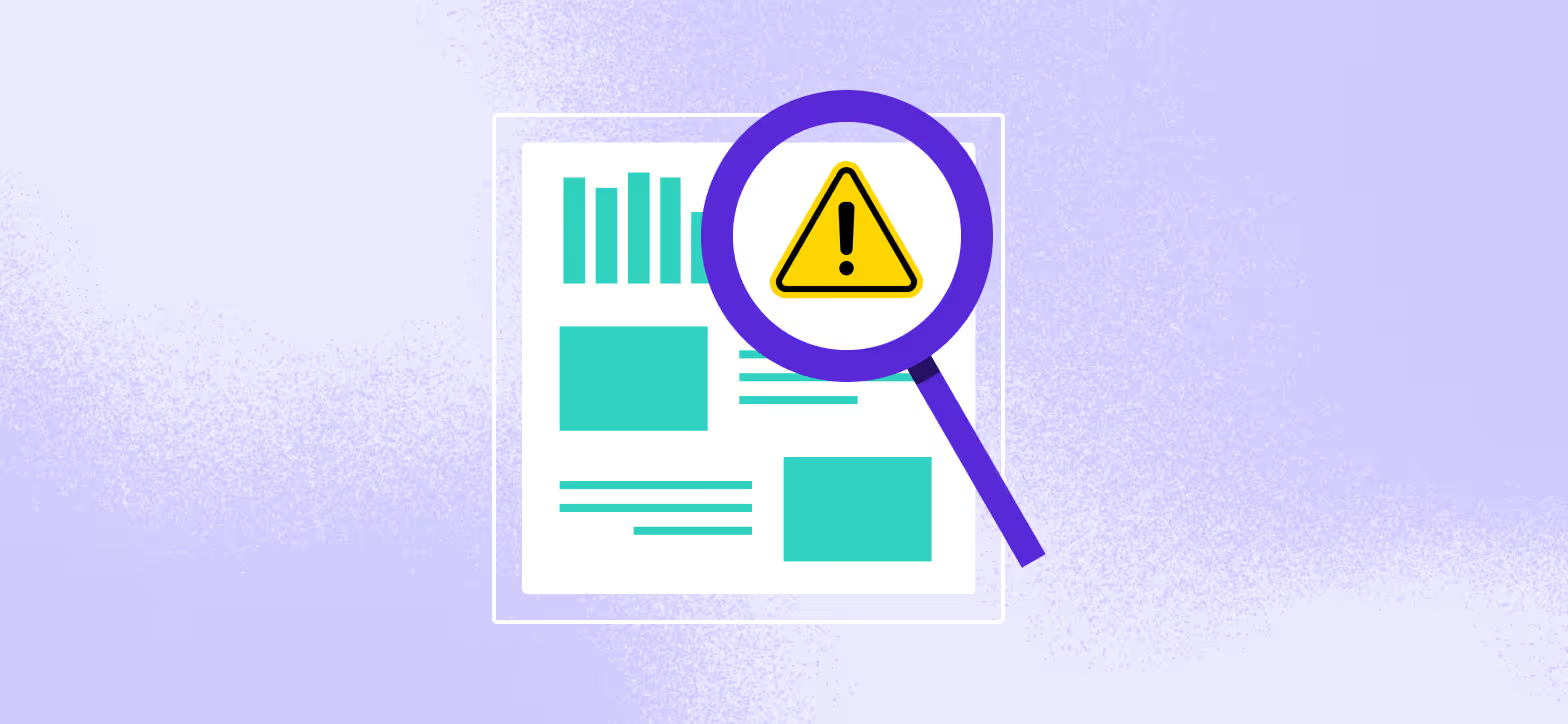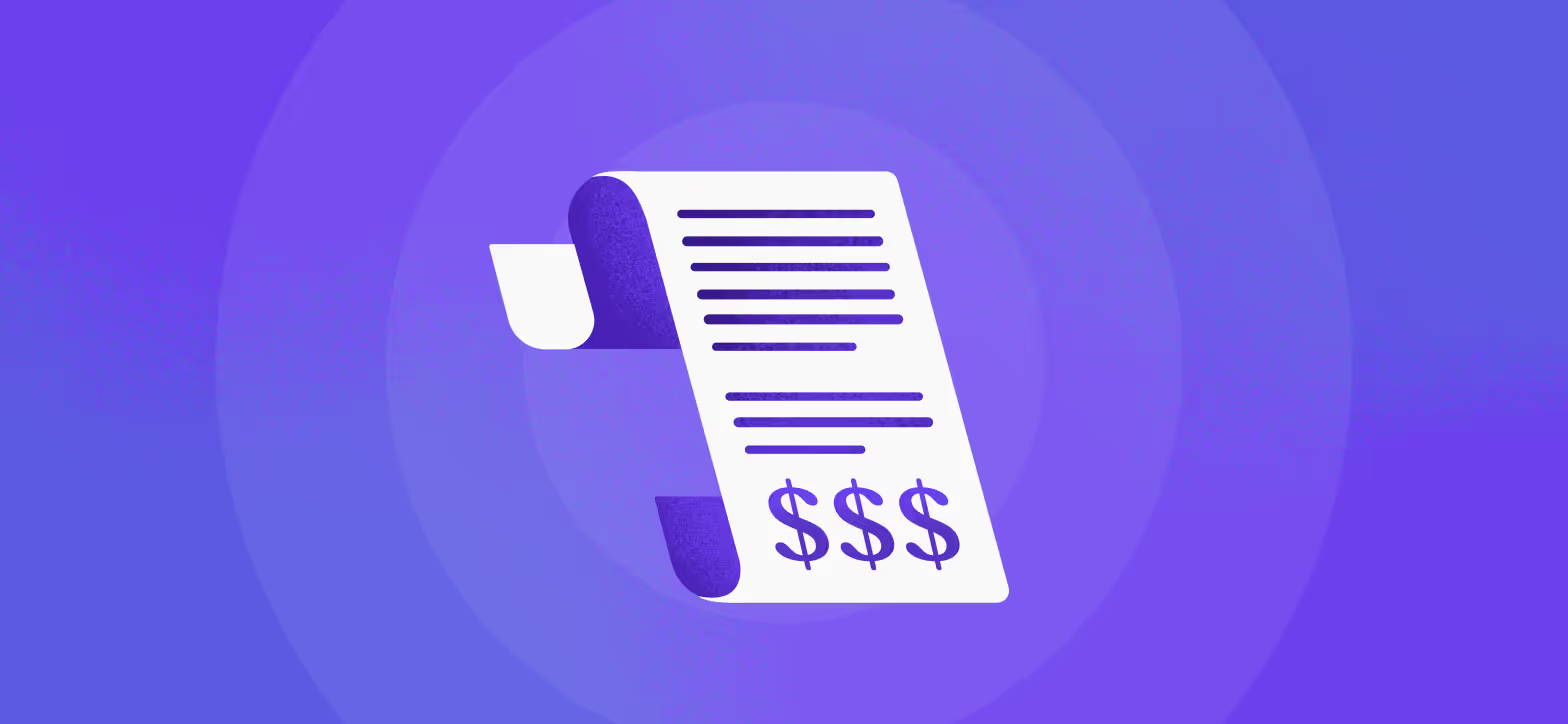Imagine trying to run your business with a blindfold on—unaware of how your customers are doing, what your employees are up to, or how your product is functioning.
Sounds impossible, right? Yet, for organizations lacking full spend visibility, that’s essentially what it feels like. You’re forced to make critical financial decisions without seeing the full picture.
The scale of this problem is staggering:
- “46% of chief financial officers lack complete visibility into the transactions within their organizations” (Coupa).
- “Every year, U.S. small and medium-sized businesses collectively waste $130 billion because finance teams lack spend visibility” (Glean.ai).
- Nearly a quarter of companies “say they’re incredibly concerned about corporate spending” (Payhawk).
As organizations grow, it’s natural for procurement to get more complex. New departments, projects, and vendor relationships can make it challenging to keep track of every dollar going out the door. But that doesn’t mean you can afford to lose sight of it, as the immense amount of wasted spend would indicate.
Rather, growing organizations need the right strategies and tools to stay on top of their spend as it gets more complicated.
Spend visibility: What it is and why it matters more than you think
What is spend visibility?
Spend visibility gives you the power to see where every dollar is going in real time. More than just tracking expenses, it means having a clear line of sight into vendor contracts, departmental purchases, budget forecasts, and procurement details. It brings finance teams out of the dark, empowering them to make proactive, data-driven resource allocation choices.
Spend visibility is what allows you and your team to answer questions like:
- Where is our spend going?
- When are our contracts renewing?
- Do we have unused licenses or duplicative tools we’re wasting money on?
When organizations lack this visibility, things can get messy in a hurry.
Consequences of poor spend visibility
A lack of spend visibility can lead to a domino effect of risks that weigh down your organization:
- Financial waste: It should go without saying, but when you don’t know where your money is going, it’s probably not being put toward productive uses. Duplicate purchases go unchecked, and missed cost-saving opportunities add up quickly. Resources that could be funding growth initiatives are instead sent down the drain.
- Compliance concerns: Financial implications aside, a lack of spend visibility can be a real compliance risk. Without a clear view of who’s buying what, internal policy becomes more of a suggestion than a rule. This opens the door to regulatory fines and reputational damage.
- Operational inefficiencies: Finance teams without a full view of spending are forced to spend hours piecing together budgets and tracking down unauthorized purchases. This leaves less room for strategic, high-impact work that truly moves the needle.
The benefits of better spend visibility
Staying compliant should be reason enough to get a handle on your expenditures, but strong spend visibility unlocks a host of other benefits as well.
- Smarter resource allocation: Knowing where your money is going also means knowing which supplier relationships are delivering the most value. This clarity allows you to pinpoint opportunities to negotiate better terms and eliminate unnecessary costs.
- Better supplier leverage: Because visibility shines a light on which suppliers matter most to your organization, you can prioritize key relationships, streamline others where appropriate, and negotiate from a position of strength. Spend visibility is often the difference between having the upper hand and being at the mercy of suppliers during negotiations.
- Improved agility: A single source of truth makes your organization more nimble. With centralized, real-time data, you can pivot quickly in response to market changes, budget shifts, or strategic priorities—without getting bogged down by fragmented information.
- Increased efficiency across the board: It’s easy for redundancies and unnecessary spend to fly under the radar when expenditures are scattered across systems. Finance teams that have total transparency around their organization’s spend can spot these inefficiencies and root them out quickly.
Barriers to clear and comprehensive spend visibility
Achieving clear spend visibility may sound like a straightforward proposition, but when you’re heads down in the day-to-day, purchases can easily get lost in the shuffle. For many organizations, a handful of familiar roadblocks make it challenging to keep tabs on their transactions.
Data silos
No organization sets out to keep data siloed inside departments and functions—it’s just something that happens as they get bigger and more complex. Each group develops its own systems, processes, and spreadsheets, which lead to fragmented insights and lots of redundant work.
Rather than seeing the big picture, finance teams are left cobbling together bits and pieces of information from different sources, leading to inconsistencies and serious spend management blind spots.
Manual tracking and error
In the startup phase, manual expense tracking is usually no big deal. Submit a procurement request, add it to a spreadsheet, and move on. But as transactions multiply, spreadsheet-based tracking becomes unwieldy. Every approval and update requires manual input, eating up precious time and inviting mistakes.
Around one fifth of employee expense reports contain typos—human error is inevitable at any level, but the more transactions you have, the more those small errors add up. Data accuracy (and therefore, reliability) suffers in turn.
Scattered contracts and vendor data
When contract data is all over the place—housed in email chains, shared drives, and individual computers—essential details are more likely to slip through the cracks, often at a high cost. It’s a recipe for overlooked auto-renewals, missed cost-saving opportunities, and late payment penalties.
Even worse, finance teams are pulled away from high-impact work to dig for data that should be at their fingertips. In fact, Panopto found that “the average large US business loses $47 million in productivity each year as a direct result of inefficient knowledge sharing.”
Unregulated purchases and rogue spending
When departments start making purchases without any oversight, rogue spending is bound to pop up. Whether it’s unapproved software purchases or teams straying from preferred vendors, these unmonitored expenses can pile up fast, draining resources and heightening compliance risks. Spend management turns into a game of whack-a-mole.
Lack of real-time insights
Relying on outdated or delayed data makes it much harder to monitor trends and make proactive budget adjustments. Without real-time insights, finance teams find themselves reacting to issues rather than managing spend in the moment. Missed opportunities to negotiate better terms and optimize supplier relationships tend to follow.
Each of these barriers adds unnecessary complexity, slowing down your team and putting your budget at risk. But with the right strategies and tools, they’re obstacles that can be overcome.
7 steps to improve your spend visibility
Achieving clear spend visibility doesn’t require you to conduct massive system overhauls. With a few targeted moves, you can start seeing exactly where your money’s going and put it to better use.
1. Centralize contract and spend data
The first step to achieving better spend visibility is consolidating everything into a single, easy-to-access platform. This is your single source of truth: where every contract term, renewal date, and payment deadline resides.
No more scattered spreadsheets or digging through emails to find a critical contract clause. When finance and procurement have a consistent, reliable dataset to work with, they’re empowered to make more informed decisions and keep spending in check.
2. Automate reporting and analytics
Manual data entry and reconciliation aren’t just tedious—they’re error-prone and time-consuming. Automating your reporting and analytics transforms how you manage spend.
It’s no wonder that data analytics and reporting was a top improvement initiative for 75% of chief procurement officers in 2024. With analytics tools that pull real-time data from every corner of the organization, finance teams gain a live, accurate view of spending patterns. Anomalies are flagged as they happen, making it possible to catch irregularities before the end-of-quarter review.
3. Establish a standardized procurement workflow
Getting your entire team on the same page with a clear, standardized procurement process is a game-changer. When every purchase request flows through a unified, automated intake-to-procure platform, you get full visibility, faster approvals, and a smooth, compliant process from start to finish.
With Tropic’s Intake to Procure platform, every request starts in one user-friendly portal, with no-code workflows that ensure every step—from approval to tracking—is seamless and secure. Fewer bottlenecks, stronger accountability, and a simplified process that scales with your growth—this is procurement made easy. See how Flatiron Health streamlined their procurement process with Tropic.
4. Proactively manage contract renewals
Staying ahead of contract renewals is one of the smartest ways to sidestep unnecessary expenses. Automated renewal alerts keep you in the know well before deadlines hit. You’ll never again be caught off guard by an unexpected auto-renewal for services you’ve outgrown or no longer need.
These early reminders give you the time and leverage to revisit contract terms, bring key stakeholders into the loop, and make thoughtful adjustments as necessary. This kind of proactive approach turns renewals into opportunities to optimize terms and realign resources, transforming what used to be a last-minute rush into a strategic advantage.
5. Leverage supplier intelligence for informed negotiations
Negotiations are won with data. Access to real-time market pricing and cost benchmarks puts you in a strong position to avoid overpaying for services or products. When you know the going rate, you can approach suppliers with confidence and drive maximum value from every vendor relationship.
6. Regularly audit spend data for accuracy and relevance
All data is bound to drift off course without regular upkeep. Routine audits ensure that your spend data stays sharp—by digging into expense categories and spotting discrepancies, you can eliminate hidden costs and catch outdated agreements that no longer serve your business. Beyond spotting errors, these audits can reveal unnecessary expenses and outdated contracts that are dragging you down.
7. Implement real-time visibility tools
Last month’s reports can only get you so far. Agile financial decision-making depends on up-to-the-minute data. Real-time visibility tools pull live data into a single, centralized dashboard, giving you a snapshot of spending across every department. With this kind of oversight, you can monitor trends, assess supplier performance, and catch inefficiencies as they arise. Instead of moving at the glacial pace of monthly reviews, you can adjust budgets and reallocate resources on the fly.
Put every dollar to work with complete spend visibility
Whether you’re running a fast-growing startup or a multinational enterprise, keeping a clear line of sight on your spend is non-negotiable. Avoiding waste is just the beginning. By bringing data into one place, automating workflows, and taking advantage of real-time insights, you create a foundation for quicker, smarter decisions that propel growth.
Ready to get a grip on your spend? See how Tropic’s solutions can bring clarity and control to your spend management. Take a peek at a free five minute demo and see how you can make your money work harder for you.
Related blogs
Discover why hundreds of companies choose Tropic to gain visibility and control of their spend.








